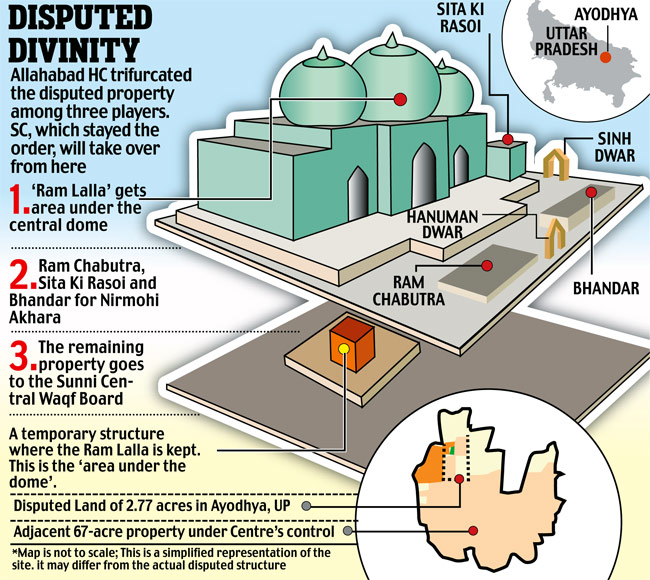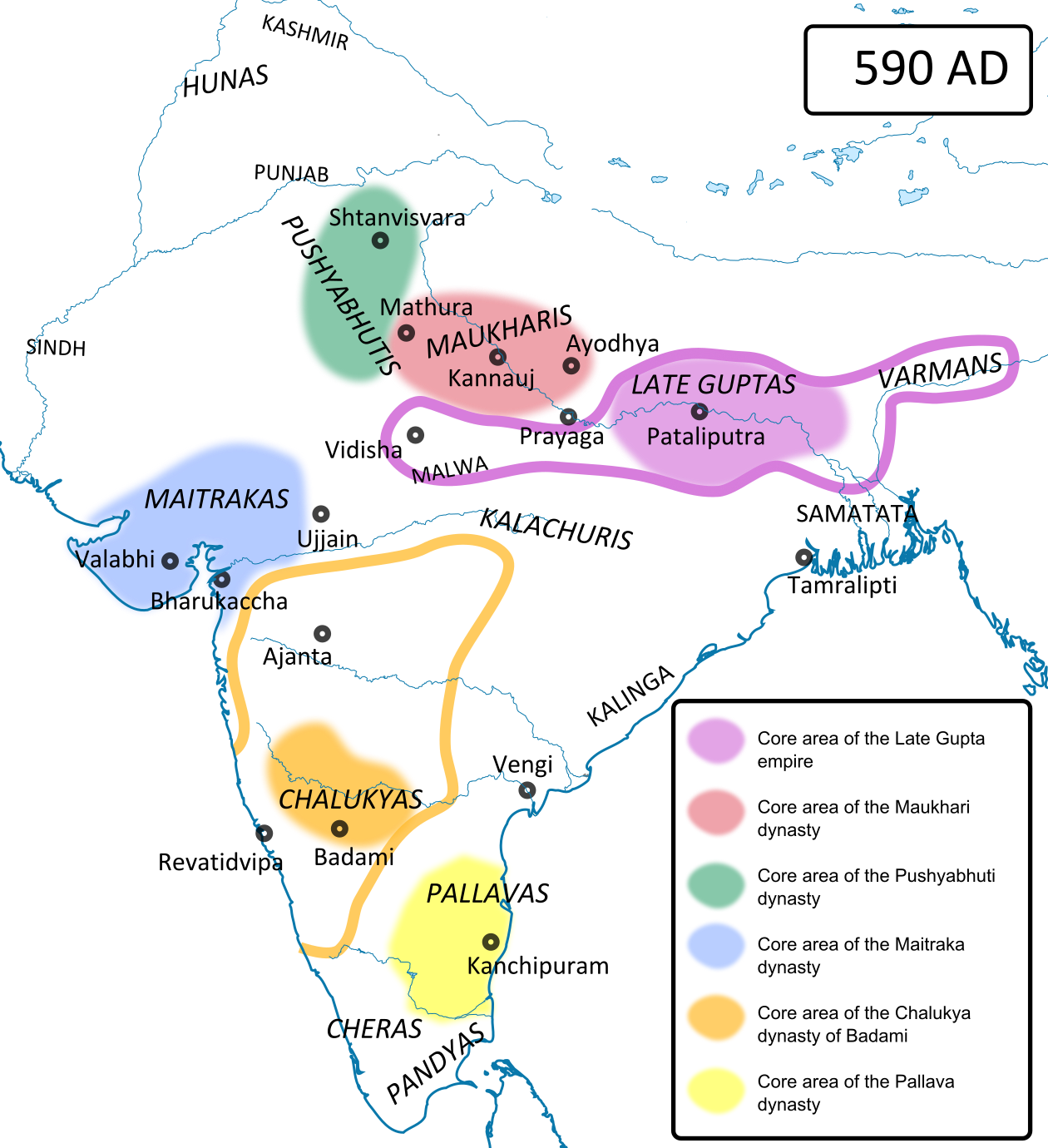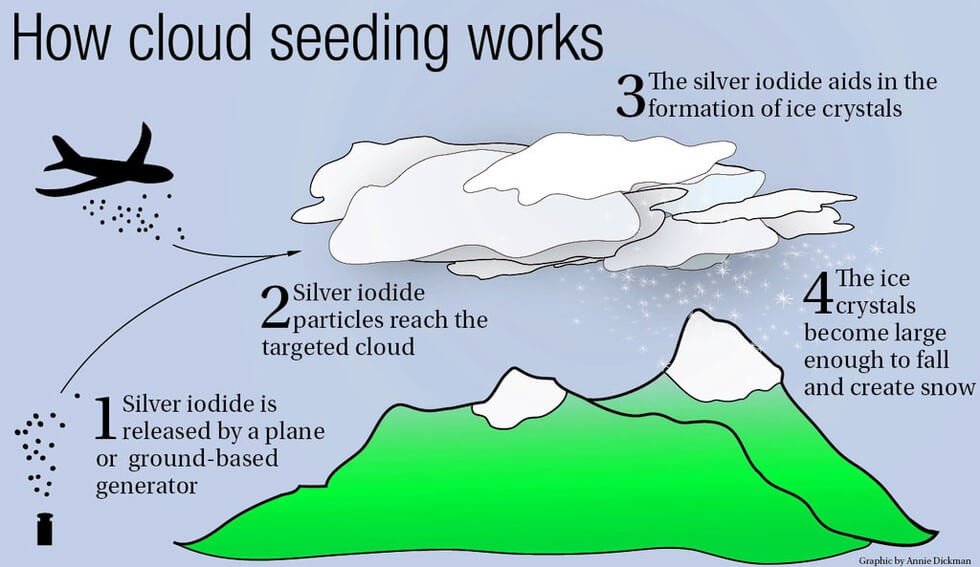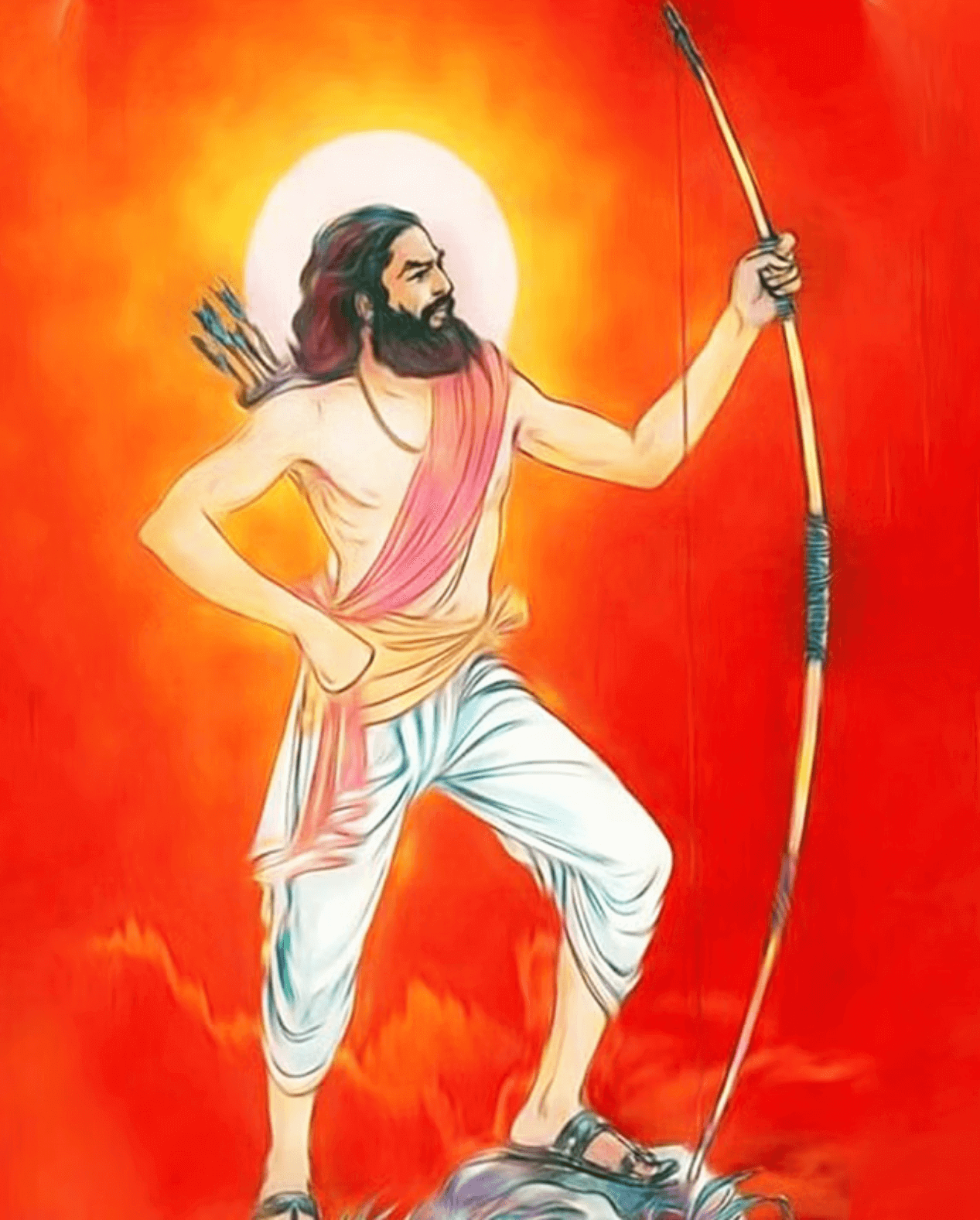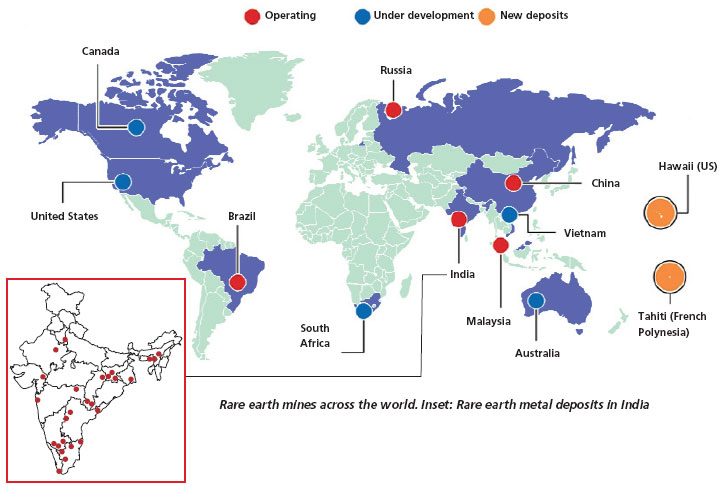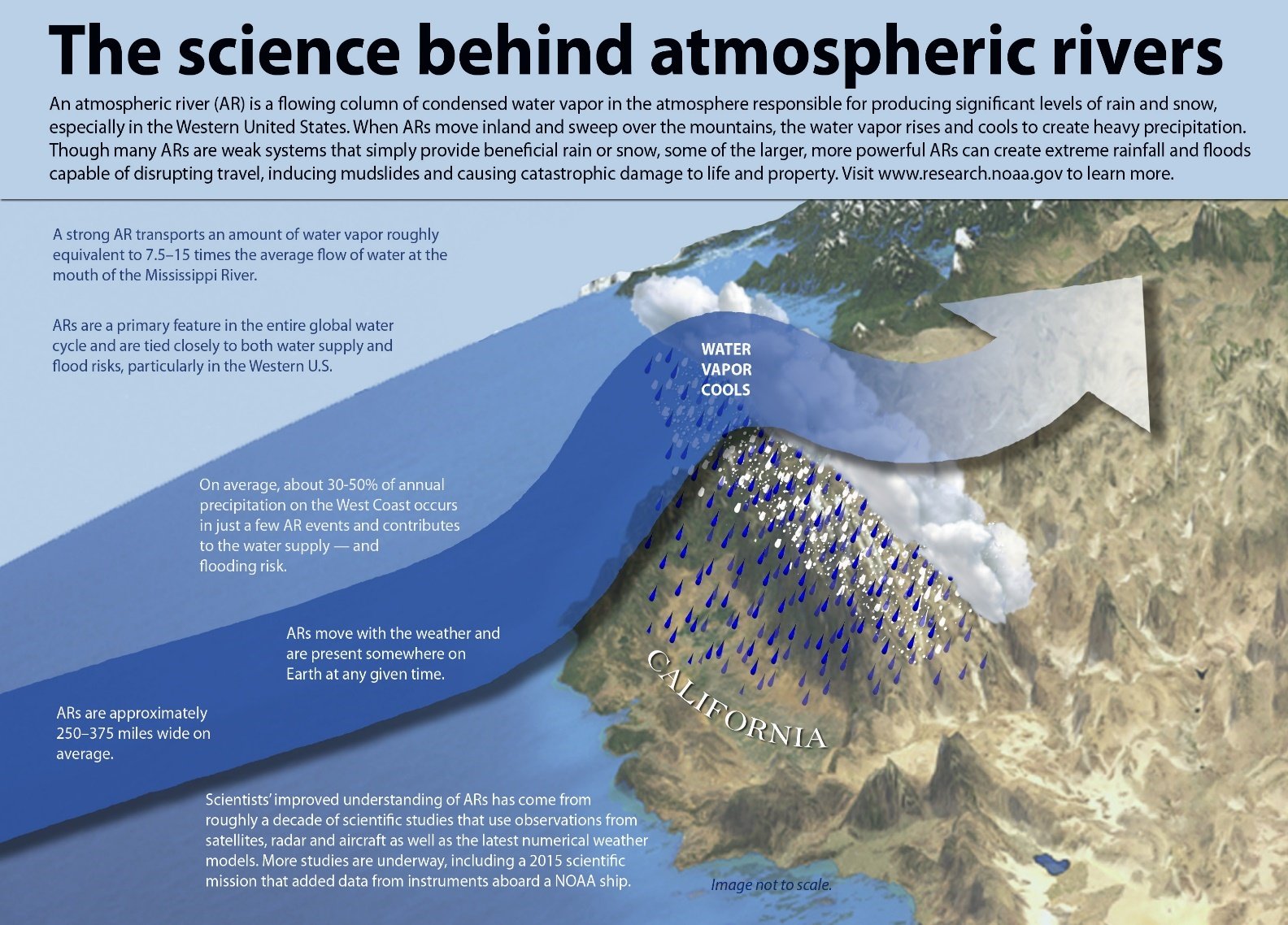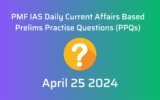
Goa Liberation Day
Subscribers of "Current Affairs" course can Download Daily Current Affairs in PDF/DOC
Subscribe to Never Miss an Important Update! Assured Discounts on New Products!
Must Join PMF IAS Telegram Channel & PMF IAS History Telegram Channel
- Context (PIB I IE): On December 19, 1961, India annexed Goa in a quick military operation after years of diplomatic efforts to secure its independence from Portugal failed.
- Swift Indian military action that lasted less than two days.

History of Goa’s Freedom Movement
- Goa became a Portuguese colony in 1510 under Admiral Afonso de Albuquerque.
- Goa started to witness an upsurge of nationalist sentiment opposed to Portugal’s colonial rule, in sync with the anti-British nationalist movement in the rest of India.
- Tristão de Bragança Cunha, the father of Goan nationalism, founded the Goa National Congress at the Calcutta session of the Indian National Congress in 1928.
- In 1946, the socialist leader Ram Manohar Lohia led a historic rally in Goa that called for civil liberties, freedom, and eventual integration with India.
- Azad Gomantak Dal (AGD): More aggressive armed struggle was needed, and peaceful methods could not win civil liberties.
What led to the delay in the liberation of Goa?
- GoI did not want to open another front in which the international community could get involved because of the following factors:
- Trauma of Partition
- Experience of War with Pakistan
- India wanted to showcase itself as a peace-abiding nation.
- Portugal being a member of NATO.
- The dichotomies within the groups fighting (Satyagraha vs Military Action) for freedom in Goa.
- Mahatma Gandhi: A lot of groundwork was still needed in Goa to raise the people’s consciousness, and the diverse political voices emerging within should be brought under a common umbrella first.
Integration of Goa into the Indian Union
- Relations between India and Portugal began amicably in 1947 after India’s independence, and diplomatic relations were established in 1949.
- Bilateral relations declined after 1950 over Portugal’s refusal to surrender its Goa, Daman and Diu enclaves and Dadra and Nagar Haveli on India’s west coast.
- Portugal changed its constitution in 1951 to claim Goa not as a colonial possession but as an overseas province.
- The move aimed to make Goa part of the newly formed North Atlantic Treaty Organisation (NATO) military alliance.
- The dictator of Portugal, Antonio de Oliveira Salazar, demanded that any military action by India be met with a NATO response.
- In 1955, the two nations had cut off diplomatic relations when thousands of satyagrahis tried to enter Goa but were fired upon by the Portuguese, resulting in 25 deaths.
|
Operation Chutney
- It was a surveillance and reconnaissance exercise.
|
Operation Vijay
- The Indian Army stationed troops around the borders of Goa, Daman and Diu.
- Military action began on December 17, and on the evening of December 19, Goa, Daman and Diu were liberated.
What made India take Military action?
|




![PMF IAS Environment for UPSC 2022-23 [paperback] PMF IAS [Nov 30, 2021]…](https://pmfias.b-cdn.net/wp-content/uploads/2024/04/pmfiasenvironmentforupsc2022-23paperbackpmfiasnov302021.jpg)

